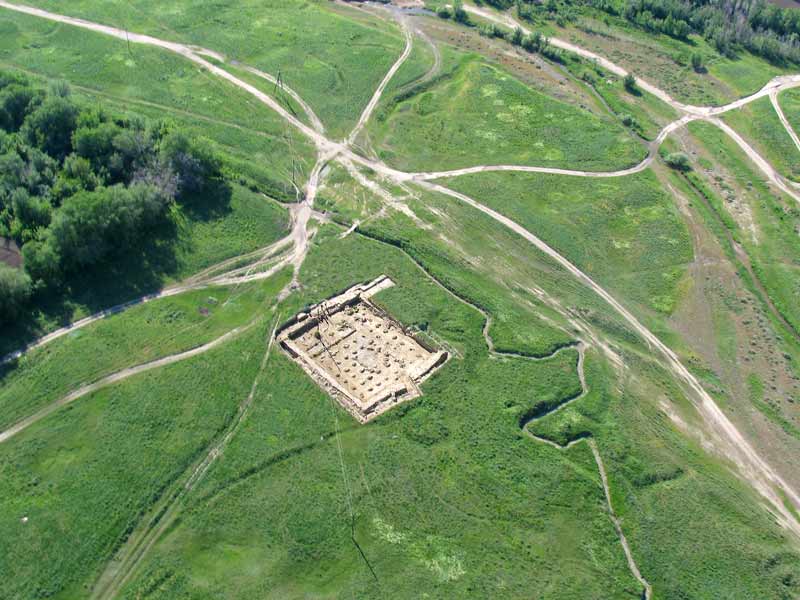ASTANA – The United Nations Educational, Scientific and Cultural Organisation (UNESCO) will conduct events in September and October to support its Silk Roads Heritage Properties in Central Asia project, reports unesco.kz.
The project involves training national experts from Kazakhstan, Kyrgyzstan, Tajikistan and Uzbekistan in the documentation, conservation and sustainable management of World Heritage properties and the Silk Roads’ cultural heritage corridors. The organisation is seeking to strengthen sub-regional level coordination and reinforce knowledge and data-sharing among Central Asian experts.
Within the framework of the project, a series of events are slated for September-October. These include national coordination meetings in the cluster countries, a working group’s sub-regional meeting on the preparation of the nomination dossier on the Serial Transnational World Heritage Nomination of Silk Roads: Fergana – Syr Darya Corridor on Oct. 2 and a sub-regional workshop in Almaty on management strategy development for the Silk Roads’ common corridors on Oct. 3-4.
Representatives of the ministries of culture of Central Asian countries, UNESCO National Commissions and experts on the Fergana – Syr Darya Corridor from Kazakhstan, Kyrgyzstan, Tajikistan and Uzbekistan will participate in the meetings. Invited international experts include the International Council on Monuments and Sites (ICOMOS), International Conservation Center-Xi’an, the International Institute for Central Asian Studies (IICAS) and UNESCO representatives.
Central Asia’s segments were key to the Silk Roads network from the second century B.C. to the late 16th century. The routes facilitated cultural, religious and economic exchanges and ultimately lead to the advancement of urban planning, architecture, art, science, technology and craftsmanship. Their conservation, protection, documentation and management are important to Central Asian states.
UNESCO is a UN agency that promotes cross-border collaboration through education, science and culture. UNESCO’s project, sponsored by Japan, has helped support World Heritage properties since 2011.



